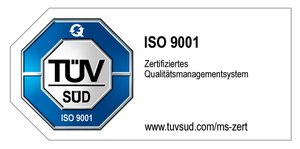Hounsfield unit
The Hounsfield unit (HU) is a measurement unit used in computed tomography (CT) to measure the density of materials in the CT image. It is named after the British physicist Sir Godfrey Hounsfield, who developed the CT technology in the 1970s.
The HU scale ranges from -1000 to +1000. Air has a value of -1000 HU, while water has a value of 0 HU. Materials that are denser than water have positive values, while materials that are less dense than water have negative values. For example, bone has a HU of about +1000, while adipose tissue has a HU of -50 to -100.
The HU is determined by the absorption of X-rays by the material in the CT image. When X-rays pass through a material, they are absorbed in different ways depending on the density and composition of the material. The CT software uses this absorption data to calculate the Hounsfield unit for each voxel in the CT image.
The HU is used for a variety of applications in CT. For example, it can be used to identify materials and defects in components and parts. It can also be used to determine the composition of materials and analyze body tissues for medical purposes.
Although the HU is a useful measurement unit for measuring material density in CT images, there are some limitations to its application. For example, materials with similar densities can have similar HU values, leading to confusion. Additionally, the HU measurement can be affected by artifacts, movements, or other disturbances in the CT image.
We find the perfect solution for your project.
Contact us if you have questions to our services in the area of 3D metrology. We are looking forward supporting you in your success.



